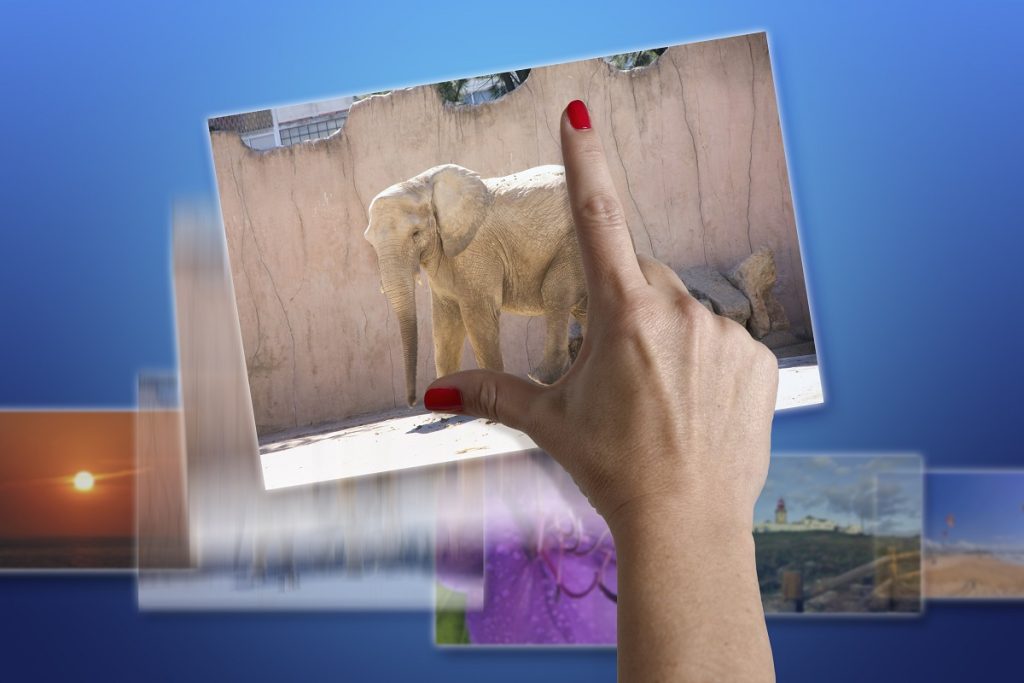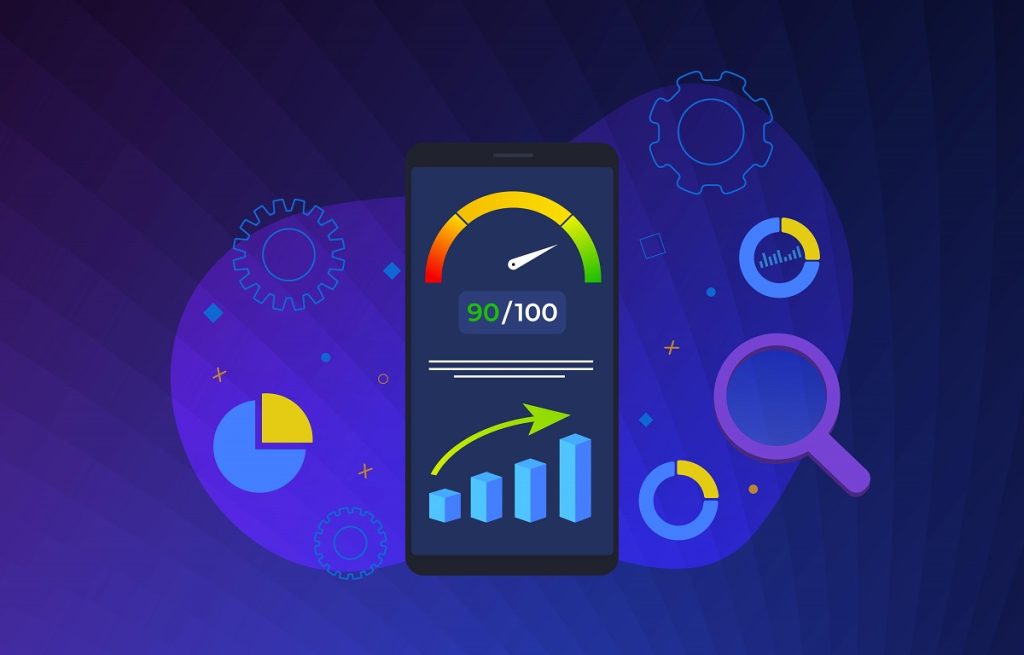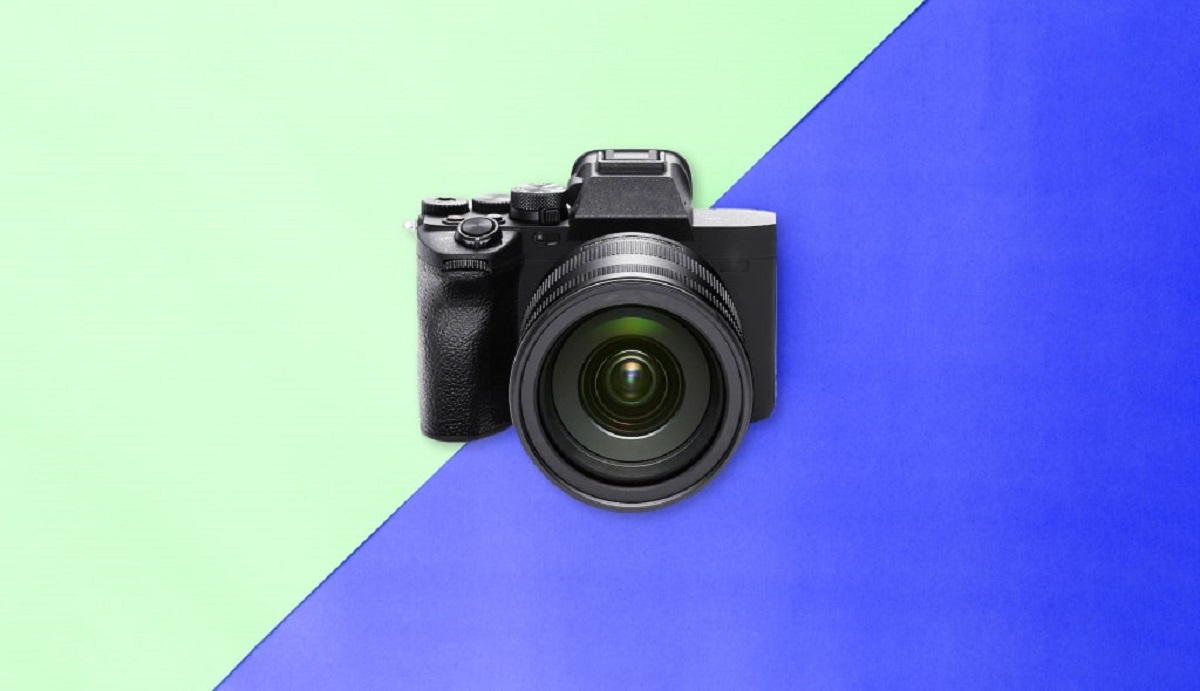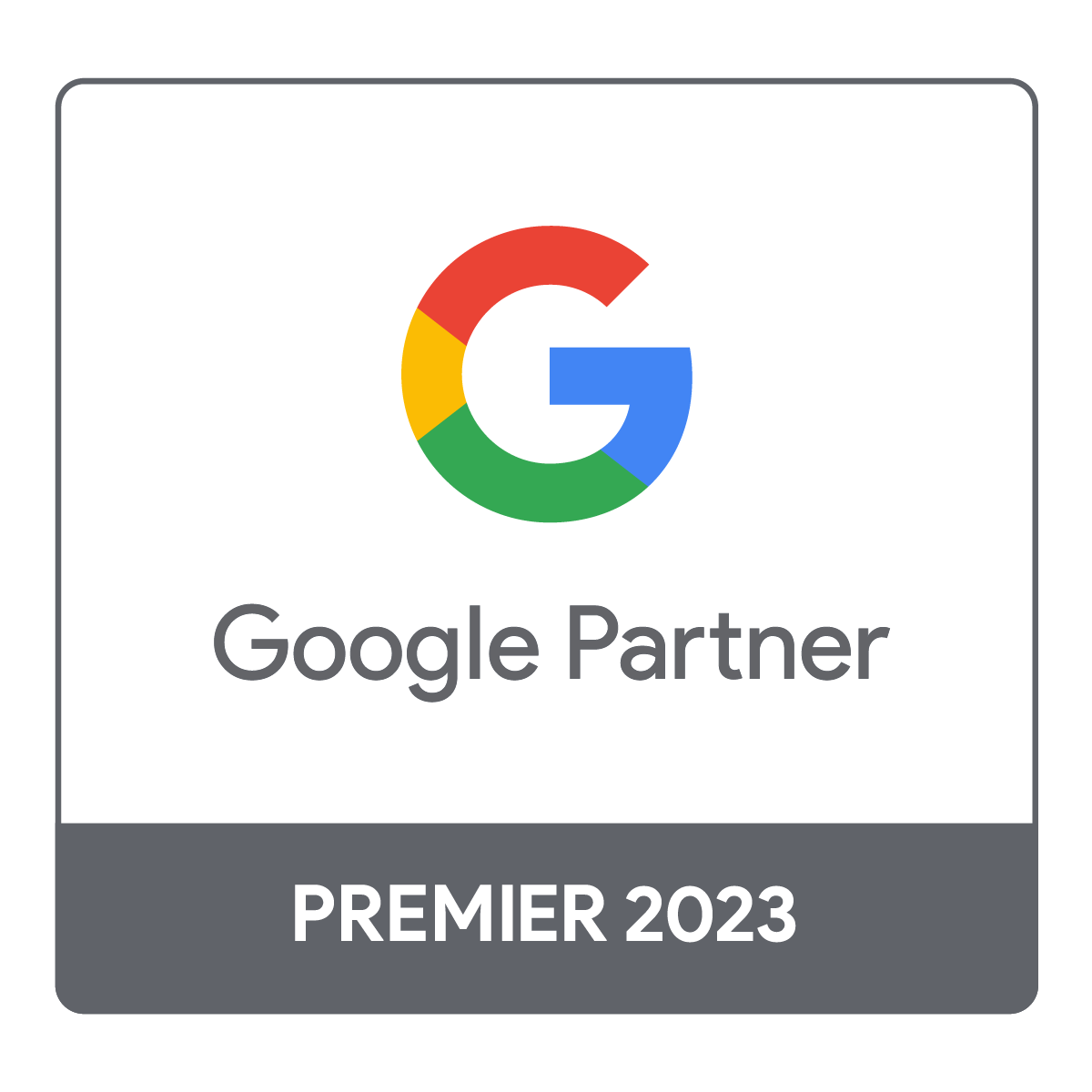Images are vital for making your content more accessible, appealing, and engaging for consumers, but they’re critical for SEO.
For starters, they provide crucial additional context to search engines. Second, optimized pictures boost user engagement and search engine rankings by speeding up page loading. You should know the fundamentals of image optimization to provide your brand with the best chance possible of succeeding in the world of SEO.
The act of developing and providing high-quality photographs in the optimal format, size, and resolution to maximize user engagement is known as image optimization. It also entails identifying pictures correctly so that search engine crawlers can read them and comprehend the page’s context.
As of November 2018, pictures took up on average 21% of the entire weight of a web page, according to HTTP Archive. Because photos take up more space on a website than any other component, their size and complexity significantly impact site performance.
When you minimize the size of photos without sacrificing quality, page load speeds increase, and visitors’ experiences improve. According to Aberdeen Group research, a one-second delay in load time results in a 7% loss in conversions, and roughly 40% of users quit a website that takes more than three seconds to load.
Improved user experience and interactions with your site enhance search engine results, increasing customer engagement, conversions, and retention.
Furthermore, since optimized photos take up less server storage space, site backups will be performed faster.
In this article, we teach you how to make sure your images are optimized for SEO.
In order to achieve this, it is imperative to follow the 9 key steps below:
Table of contents
- 1. Resize Your Photographs First
- 2. Choose The Appropriate File Format
- 3. Select The Appropriate Compression Rate
- 4. Test Speed Optimization
- 5. Optimize The Names Of Picture Files
- 6. Make Use Of Image Alternative Tags
- 7. Image Title Optimization Is A Must!
- 8. Include Pictures With Captions Where Appropriate
- 9. Make Use Of Exclusive Photos
- 10. Be Sure Your Wording Matches The Pictures You’re Using
- 11. Add Structured Image Data
- 12. Use Site Maps To Navigate Your Website
- IMAGE-GINE All the Possibilities
1. Resize Your Photographs First

The size of an image and the size of a file are not the same thing. The dimensions of a picture are image size (e.g., 1024 by 680 pixels). The file size refers to the storage space required on the server (e.g., 350 kilobytes).
Images with better quality and bigger size (typically taken with a professional camera) take longer to load. While they perform well for print reproduction, they must be scaled down to fit the web without sacrificing too much quality.
2. Choose The Appropriate File Format
PNG, JPEG, and GIF are all widely used image formats. Each has its own set of advantages. JPEGs, for example, can be easily uploaded on web pages and are compatible with virtually all devices. In addition to that, JPEGs that are high-resolution really stand out as they are vivid and colorful. Images in the PNG format, meanwhile, don’t lose any detail upon being compressed and the colors still pop as well.
3. Select The Appropriate Compression Rate
When an image is compressed too extensively, the size of the file may become smaller, but the overall quality of the image becomes worse. Picking a low compression rate, on the other hand, enables the picture to retain its quality, but the size of the file remains quite large.
To find out what works best, it is worth experimenting with different file formats and compression rates. Many image-editing programs, including Adobe Photoshop, feature a “save for the web” option that reduces file size while maintaining picture quality.
Below are several alternatives to Photoshop if you don’t have it:
- Image optimization tools
- Affinity Photo
- Pixlr (JPEG optimization)
- ImageOptim (Mac only)
- Kraken (bulk compression)
- Gimp
- Paint.NET
- JPEG Mini
- OptiPNG
- FileOptimizer
- Triage
- Image optimization plugins for WordPress Yoast SEO
- ShortPixel
- EWWW Image Optimizer
- WP Smush
- TinyPNG
- ImageRecycle
- Optimus Image Optimizer
4. Test Speed Optimization

How do you tell whether your website page’s loading speed is fast enough after you’ve optimized your images? To evaluate your site’s performance, use one of the following tools:
- WebPageTest
- Pingdom
- GTmetrix
- WebWait
- Google PageSpeed Insights
It is a good idea to review your metrics since your website and content will change regularly.
5. Optimize The Names Of Picture Files
It’s critical to choose the proper file name for your page’s SEO and image search results. To have the maximum SEO impact, it is essential to name every picture file with relevant, descriptive keywords before uploading it.
Target keywords should be the starting point and it is necessary to separate them with hyphens. This is because search engines don’t recognize underscores and won’t be able to “see” the words separately.
File names must make sense to people and search engines alike. For instance, “salon234.jpg” is the original name of a picture of a lady at a hair salon. The file should be renamed to something more descriptive, such as “lady getting her hair cut at the salon.jpg.”
6. Make Use Of Image Alternative Tags
Viewers may understand images, but search engine spiders need more information. Search engines can’t correctly index your picture if you don’t include alternative text.
The alternative text on a website may also help with search engine ranking, even if the pictures don’t load properly. To increase exposure, use brand-relevant terms in this section and remember to stay away from keyword stuffing!
It is also worth providing additional information than what’s in the filename. While there isn’t a specific amount of words, you should strive for 10 to 15 to get your point through.
7. Image Title Optimization Is A Must!
Since the picture title is frequently derived from the file name in WordPress, you may occasionally leave it as it is when uploading images to the platform.
Rename the picture with the required keywords in the same manner as file names if you do not use WordPress or if the title does not describe the image.
When it comes to search engine optimization, image names aren’t as significant as alt text. User engagement is higher when images have descriptive words, so adding something like “purchase now” or “download now” might be a compelling call to action.
8. Include Pictures With Captions Where Appropriate
Unlike file names and alt texts, picture captions may be seen on a website page, even if they don’t directly influence SEO. As a result, they’ll improve the user’s overall experience.
Image captions are popular because they allow viewers to gain a better sense of the entire content. Your bounce rates may rise if you don’t include picture captions, which might harm your ranking on search engines.
9. Make Use Of Exclusive Photos
In general, stock photographs are OK as long as you credit the photographer and give credit where credit is due. Uploading unique photos is beneficial to SEO in the same way that special textual material is.
10. Be Sure Your Wording Matches The Pictures You’re Using
You can aid image search engines by including relevant content on your web page. If there isn’t enough text to explain a concept, describe the image in greater detail.
11. Add Structured Image Data
Adding structured data to your website helps in presenting your photographs as rich results by search engines. Product photos, films, and recipes all have structured data support in Google Images. If your website contains recipes and you contribute structured data to your photos, Google may add a badge to your image indicating that it is part of a recipe.
Google’s Structured Data General Guidelines will help you understand how to add structured data to your site, while also providing pointers on how to comply with its guidelines.
12. Use Site Maps To Navigate Your Website

Google defines website mapping as “listing the web pages of your website to inform Google and other search engines about the arrangement of your site content.” To put this simply, it’s a file that acts as a site map.
An essential aspect of SEO is using site maps, which inform search engines about all the pages on your website. As a result, it is necessary to include all images, such as infographics, memes, photos, and thumbnails of videos, on your site map to make sure search engine crawlers see them.
Include the title, description, URL, caption, and licensing information for these picture map entries. For videos, the title, description, thumbnail URL, and URL to the raw video file must be included.
Yoast SEO, a WordPress plugin, will automatically integrate your visual material to a site map if WordPress powers your website.
IMAGE-GINE All the Possibilities
Before posting a picture, keep these ideas in mind if you’re having trouble getting your material seen. Search engines and human visitors will appreciate your content more if it uses these picture optimization tactics to enhance its likability.
Have questions about optimizing images or want to navigate the ever-changing SEO landscape successfully? Get in touch with First Page and speak to one of our digital specialists.









